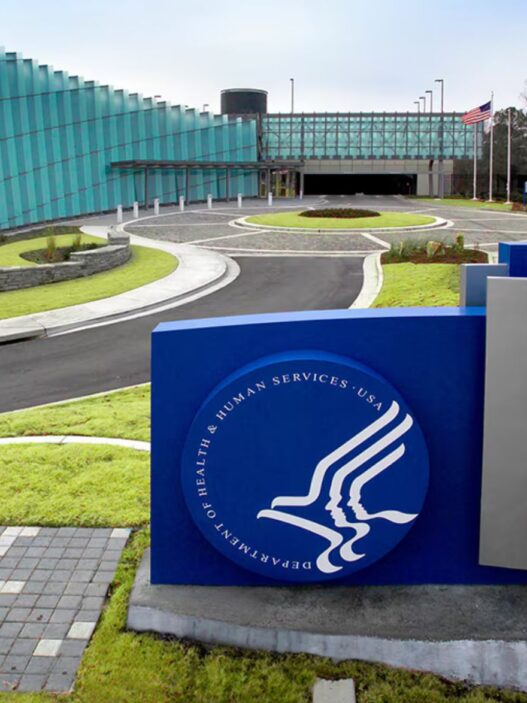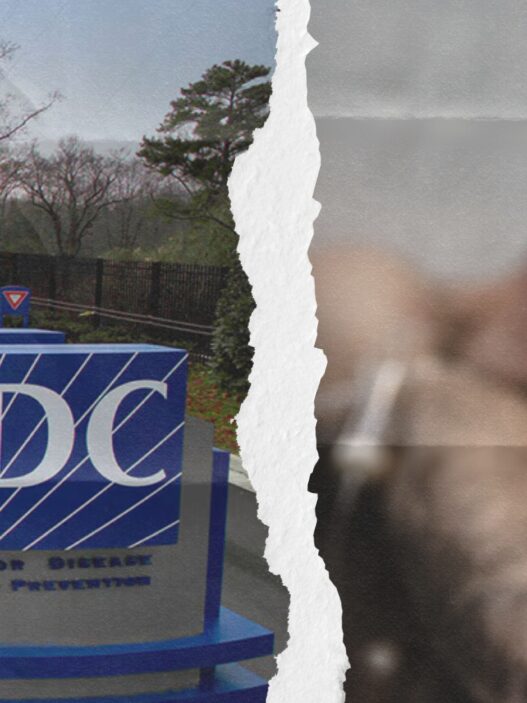While tuberculosis (TB) was once considered a major public health threat in the United States, health officials in Kansas City report that cases remain low and stable.
However, the Kansas City Health Department is urging residents not to become complacent, as TB remains a serious disease that requires vigilance, early detection, and continued public health efforts to keep it under control.
Understanding Tuberculosis
TB is an infectious disease caused by Mycobacterium tuberculosis, primarily affecting the lungs but capable of spreading to other parts of the body.
It is airborne, meaning it spreads when an infected person coughs, sneezes, or speaks, releasing bacteria into the air.
Despite its potential severity, TB is both preventable and treatable with modern medicine.
Symptoms of active TB include:
- Chronic cough (lasting three or more weeks)
- Coughing up blood or mucus
- Fever and chills
- Unexplained weight loss
- Night sweats and fatigue
While some people develop active TB disease, others carry latent TB infection, meaning they have the bacteria in their body but do not show symptoms or spread the disease.
However, without proper treatment, latent TB can become active later in life.
Current TB Situation in Kansas City
Kansas City health officials confirm that TB cases have remained low in recent years, reflecting strong public health measures, vaccination programs, and early detection efforts.
TB still poses a risk to certain communities, particularly among:
- Individuals with weakened immune systems
- Healthcare workers and long-term care residents
- People living in crowded environments, such as shelters or correctional facilities
- Travelers from or to high TB-burden countries
Health officials emphasize that while the overall risk is low, awareness and early diagnosis remain crucial to preventing potential outbreaks.
Why Public Health Efforts Still Matter
Despite declining TB rates, health experts warn against complacency. TB remains a leading infectious disease worldwide, and outbreaks can still occur if screening, treatment, and public awareness efforts weaken.
- Kansas City’s TB prevention strategy includes:
- Routine screening for high-risk individuals
- Early detection and treatment of latent TB cases
- Providing access to free or low-cost TB treatment
- Educational programs to increase public awareness
Public health officials stress that early detection saves lives. TB is curable with antibiotics, but treatment must be completed fully to prevent drug resistance and future outbreaks.
What You Can Do to Stay Safe
- Get tested if you are at risk – If you work in healthcare, have traveled to a TB-endemic area, or have been in contact with someone diagnosed with TB, ask your doctor about a TB test.
- Follow prescribed treatments – If you test positive for latent TB, complete the full course of treatment to prevent it from becoming active.
- Know the symptoms – Recognizing early signs can lead to quicker treatment and prevent the disease from spreading to others.
- Support public health programs – TB prevention relies on community awareness, early screenings, and accessible healthcare services.
Kansas City’s low TB numbers are a public health success, but experts caution that constant awareness and prevention efforts are key to keeping the disease under control.
Early detection, responsible treatment, and continued education remain the best tools in the fight against tuberculosis.
If you or someone you know may be at risk, talk to a healthcare provider and stay informed. Preventing TB is a shared responsibility and together, we can keep our communities safe.






















